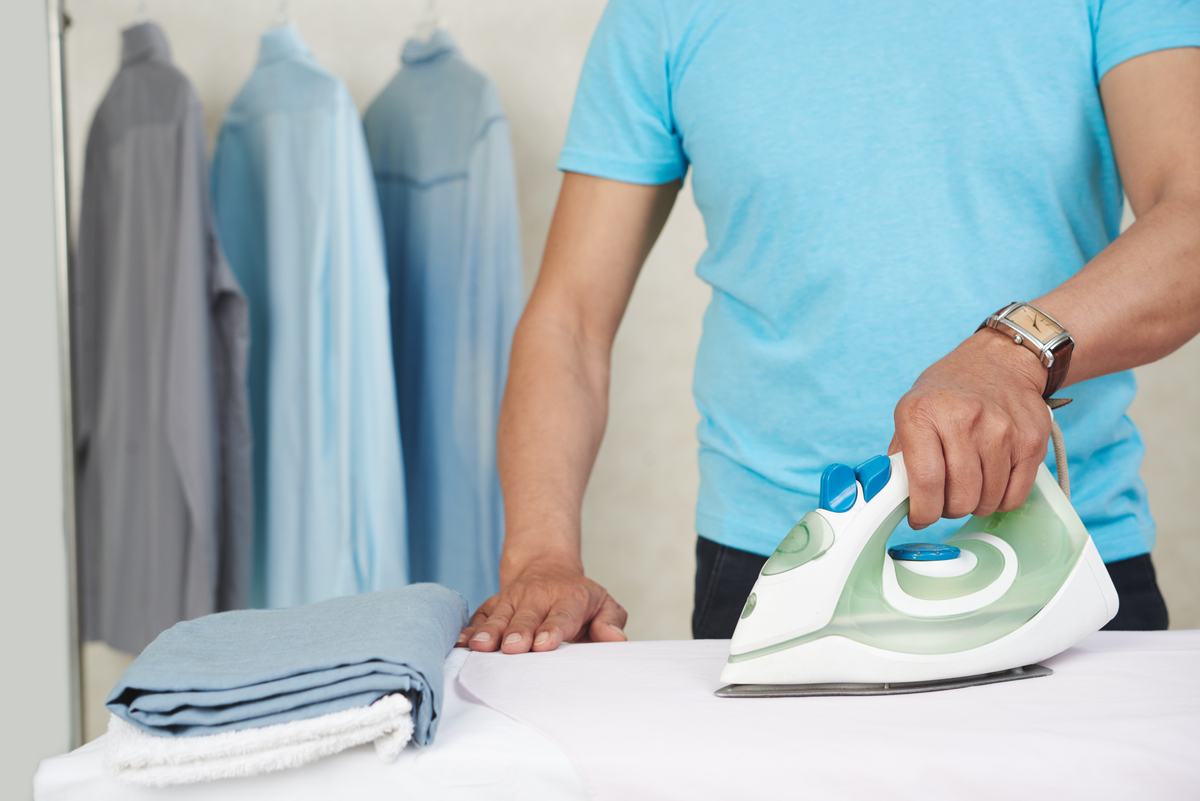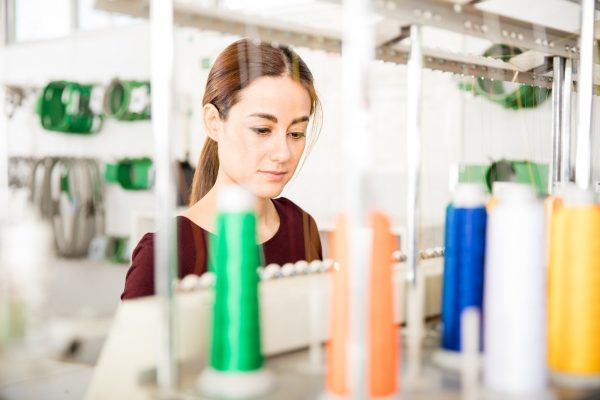
Top Tips for Washing and Ironing Embroidered Clothes and Accessories
Embroidery is typically used to embellish corporate shirts or jackets and other clothing items or accessories with logos and designs. After a short break, this particular style of clothing is regaining popularity once again. Not only can embroidered clothes become creative and unique, but most designs are durable and high quality. Luckily, keeping embroidered clothes and accessories will not require a massive amount of effort. However, there are some tips that you should know to maintain an excellent condition.
Colourfastness testing of embroidery threads
If threads are exposed to water, you must take special care to ensure that each colour of each thread is colourfast. Testing the colourfastness is especially crucial if you will often wash your embroidered clothes or accessories. The thread’s colour fastness enables it to withstand the different chemical and physical agents during manufacturing and its useful life. To test it, you should pre-wash your garments. This technique will also help you pre-shrink your material. Pre-shrinking your fabric will help avoid any errors after your garment is completed. This will also indicate how well it will hold up to laundering.
If your garment or item contains blocks of colour, dampen a piece of white cloth with cold water and gently rub it over each thread colour. If any colour transfer occurs on the white cloth or swab, do not wash the clothing or object, as washing will result in discolouration and fading.
Meanwhile, if there is no colour transfer and the base fabric is machine washable, you can use either hand wash or machine wash embroidered pieces on the gentle cycle according to the care label instructions.
If you want to make your thread more colourfast, there are some methods you can apply. Vinegar is an excellent solution, and you can use this ingredient by soaking the thread for a few minutes and then thoroughly rinsing it. Another great technique is to clean your thread under running water. Use this method only on threads where you are very certain there is extra colour.
Washing your embroidered clothes and accessories
Since even the colourfast threads bleed from time to time, you still need to be cautious about how you wash your embroidered things. Clothing stitches are more prone to movement and friction, and the chances of them falling out if not adequately secured are high. Therefore, before washing your stitched pieces, you should tie all ends properly.
The general rule is to use mild detergent when dealing with these clothes and accessories. Chlorine bleach and optical brightening chemicals are strongly discouraged. Before loading them into the washer, you should also make sure to turn the garment inside out. Additionally, you should avoid washing the item with other clothes that contain potentially damaging objects, such as buttons and zippers. If colour residue is visible in the water after washing your embroidered pieces, rinse several times in lukewarm and then cold water until the water becomes clear.
Furthermore, the most recommended method in washing embroidered clothes and accessories is to hand wash them. Gentle hand washing will help maintain the integrity of the stitches and will extend the life of the embroidery. Whether or not you plan to utilise a machine, cold water is the way to go because this will help prevent bleeding.
After washing your embroidered clothes and accessories, it is best not to proceed with the drying process. There is a significant difference between washing and dry cleaning. Clothing that has been poorly handled could result in a disaster. Drying embroidered clothes can cause the thread to become fuzzy, impairing the appearance of the embroidery. This can also subject your clothing to shrinkage, which might distort its layout or design.
Ironing embroidered clothes and accessories
Embroidery is highly delicate and stitched with fine thread strands. Ironing your embroidery straight on the front is not a good idea. The risk is that you will ruin the stitching before you can observe any improvement in the wrinkles. An alternative is to fold a bath towel before ironing it. This will provide some padding and aid in preventing the stitches from loosening.
You should also always lay the needlework down and avoid moving your iron back and forth. Furthermore, it is preferable to press down, lift the iron, and press onto the next area.
As for the settings of your iron, set it to cotton or linen. However, if your needlework is embroidered on silk or with silk thread, reducing the iron’s heat setting is best.
Benefits of having embroidered clothes and accessories
While embroidered clothing has always existed, people are learning to admire it more and more now. There are several advantages to embroidered clothes, and the most dominant feature is their quality. Embroidery on clothes is highly durable and long-lasting. Thus, even though you will be paying more for these garments and accessories, you will have them for a longer period of time.
Finding the right embroidery company
Of course, to ensure that you have the best quality embroidered clothing and accessories, you should find the best embroidery company in Perth. Bladon WA offers a custom embroidery service to local businesses in need of high-quality corporate workwear and employee uniforms. Our customised embroidery for uniforms ensures that your personnel look their best at all times. Moreover, we take pride in our Perth embroidery crew as they are adept at handling both basic designs and intricate patterns. That said, you can expect that every embroidery work we produce will be of the most superb quality.

